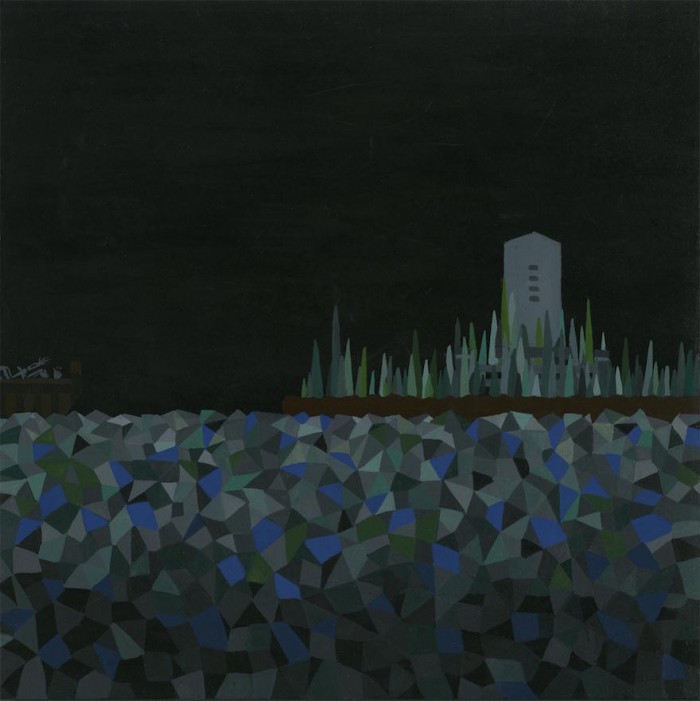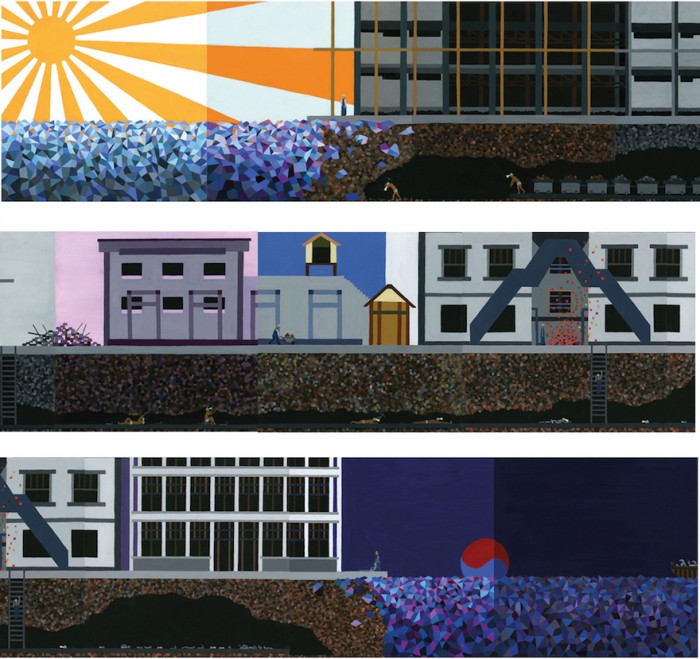For South Korean artist and student Eun Jung Bahng, illustration is like a chameleon. Her latest work, the Hashima Island Series 11, explores the abandoned Japanese island known for its controversial history.
“I like how the appearance(or style) of the illustration can make the artwork direct and indirect at the same time,” explains Bahng. “I am always amazed by the power and communication of illustration when it only requires a small amount of time to appreciate.”
In the 1930s, the Hashima Island Korean conscripted civilians and Chinese prisoners-of-war were forced to as slave labourers at the Mitsubishi facility under Japanese wartime mobilisation policies. The memorial for Koreans who died while working in Hashima Island can be found in another Japanese island called Takashima Island.
According to Bahng, the entrance to the memorial is hidden by an overgrown forest and is almost impossible to find.
After watching a television programme on the subject, Bahng was inspired to create the series. “I was very shocked and I felt embarrassed for not knowing the history of my own country. I then wanted to create an illustration about this subject to remind myself and know the history,” she explains.
Bahng challenged herself to address the subject with the sensitivity required to respect all parties involved. She created 11 pieces in total.
“The most challenging part for me was how to illustrate such a severe subject without hurting anyone. This painting could not be treated lightly since I have to show the respect for the victims of forced labour, but also could not be treated severely which might miscommunicate my purpose of the painting.”
She chose to paint on wood instead of paper. She also chose to work with acrylic gouache, a medium she had never worked with before. “Since the subject was already heavy, I ended up using simplified geometric shapes that give an abstract painting vibe instead of using realistic figures and landscapes.”
Her work was recognised in the New Talent category at the recent AOI World Illustration Awards.







